/1402df35-a155-428e-b678-ad4d57ba4056.png)
Dmaic Six Sigma Example
Review Rating Score
If you're looking for a real-life example of DMAIC (Define, Measure, Analyze, Improve, Control) in Six Sigma, you've come to the right place! At BizzLibrary.com, we provide a comprehensive DMAIC Six Sigma example that demonstrates the application of this powerful problem-solving methodology. Download our PDF document to gain insights into the DMAIC process and see how it can be implemented in a project.
What is DMAIC in Six Sigma?
DMAIC is a data-driven problem-solving methodology used in Six Sigma projects. It provides a structured approach for improving processes, reducing defects, and achieving operational excellence. Let's break down the steps involved in DMAIC:
- Define: Clearly define the problem or opportunity for improvement. Identify the project goals and objectives, and define the scope of the project.
- Measure: Collect relevant data to measure the current state of the process. This involves gathering process performance metrics, analyzing customer requirements, and determining the key process indicators.
- Analyze: Analyze the data to identify the root causes of the problem. Utilize statistical tools and techniques to uncover patterns, trends, and potential sources of process variation.
- Improve: Develop and implement solutions to address the root causes. Use creativity and innovation to generate ideas, and evaluate their success through pilot tests or simulations.
- Control: Establish controls to sustain the improvements made. Develop control plans, implement monitoring systems, and define response plans to prevent recurrence of the problem in the future.
Why Use a DMAIC Six Sigma Example?
By examining a real-life example of DMAIC implementation, you can gain a better understanding of how this methodology is applied in practice. It allows you to see how each step of DMAIC is conducted, the tools and techniques used, and the outcomes achieved. Here's why using a DMAIC Six Sigma example is beneficial:
- Learning Opportunity: It provides a valuable learning opportunity to grasp the concepts and principles behind DMAIC. You can see how data is utilized, problems are analyzed, and improvements are implemented.
- Visualization: A real-life example helps you visualize the application of DMAIC in a specific project setting. This allows for better understanding and inspiration for implementing DMAIC in your own organization.
- Best Practices: You can learn from the best practices and strategies employed in the example, giving you insights into how to effectively execute DMAIC and achieve successful outcomes.
Download Our DMAIC Six Sigma Example
Ready to explore the DMAIC process in action? Visit BizzLibrary.com today to download our PDF document that showcases a comprehensive example of DMAIC in Six Sigma. Gain practical knowledge and insights to enhance your problem-solving capabilities and drive process improvements.
Take your Six Sigma journey to the next level with our valuable resources! Access our wide range of business document templates and empower your organization's continuous improvement efforts.
Is the content above helpfull?
Thanks for letting us know!
Reviews
Brendon Booth(7/20/2023) - AUS
Great materials I found on this page.
Author. Content was provided by:
Elizabeth Davis
Elizabeth is from the sunny desert city of Phoenix, Arizona. She is thrilled to connect with professionals and like-minded individuals who share a passion for social technologies, content creation, and the exciting possibilities that AI brings to the world of social media. Her hobbies are hiking, climbing, and horse riding. Elizabeth has a master's degree in Social Technologies that she received at the ASU (Arizona State University). As a freelancer, she mostly contributes content related to IT. This includes articles on templates and forms provided by our community.
Follow Elizabeth
Last modified
Our Latest Blog
- The Importance of Vehicle Inspections in Rent-to-Own Car Agreements
- Setting Up Your E-mail Marketing for Your Business: The Blueprint to Skyrocketing Engagement and Sales
- The Power of Document Templates: Enhancing Efficiency and Streamlining Workflows
- Writing a Great Resume: Tips from a Professional Resume Writer
Template Tags
Need help?
We are standing by to assist you. Please keep in mind we are not licensed attorneys and cannot address any legal related questions.
-
Chat
Online - Email
Send a message
You May Also Like
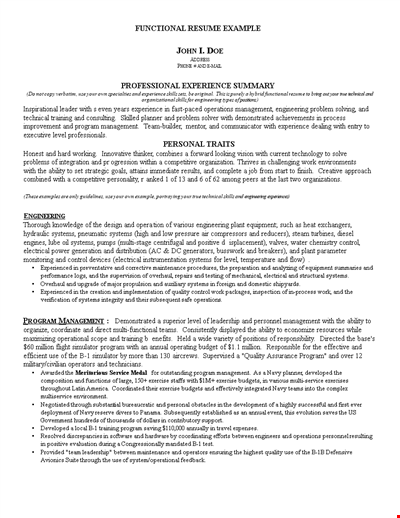
Engineering Functional Program - Quality Management & Training
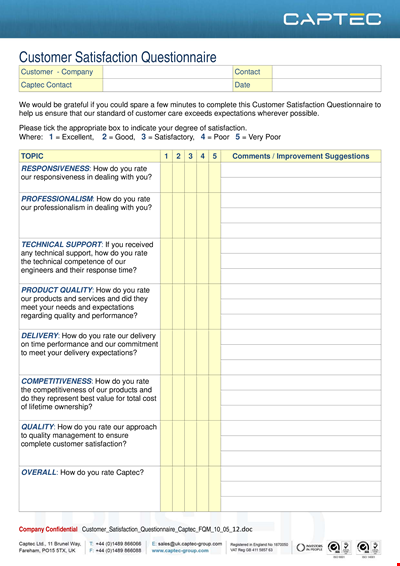
Customer Satisfaction Survey Questionnaire - Ensuring Quality at Captec

Process Map Six Sigma Example
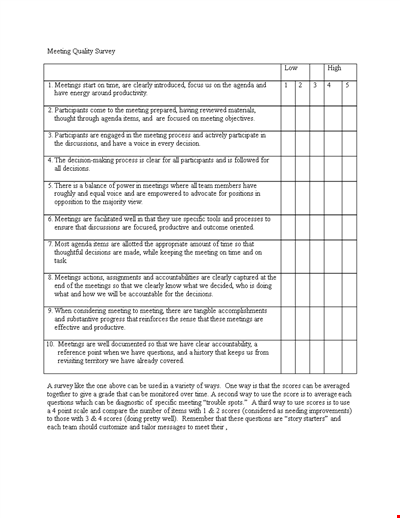
Meeting Quality Survey
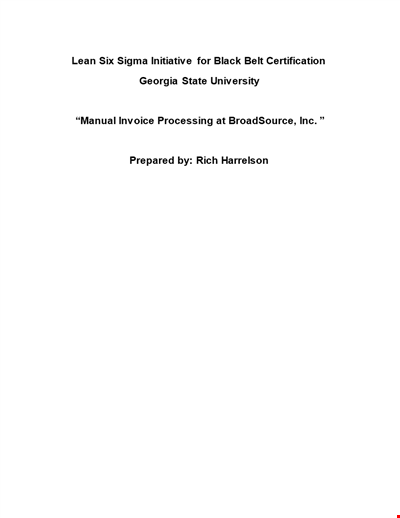
Goal Statement Six Sigma Example
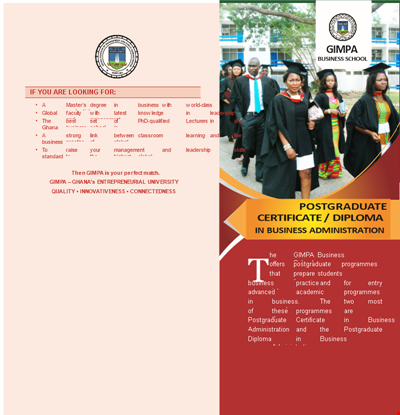
Post Graduate Certificate In Quality Management
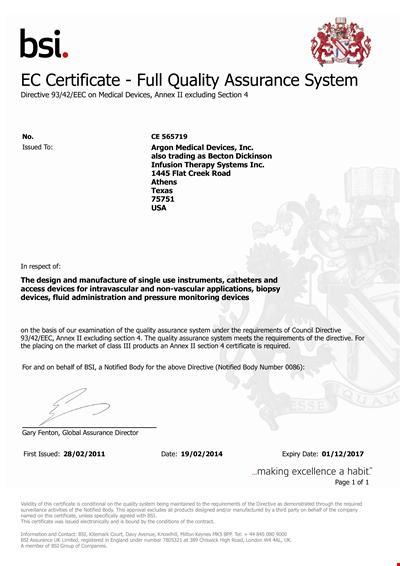
Quality Assurance Management Certificate

Quality Incident Report Format

Weekly Quality

Food Safety Quality Control Checklist Template
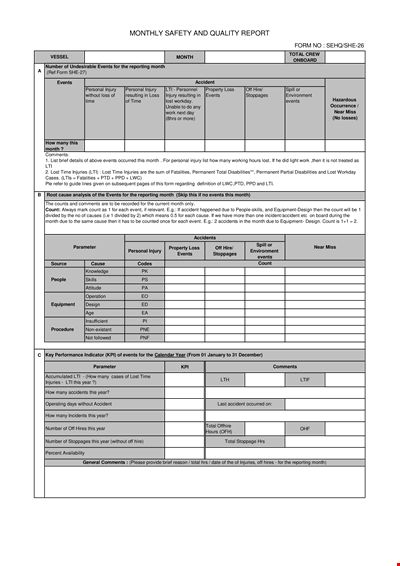
Monthly Quality
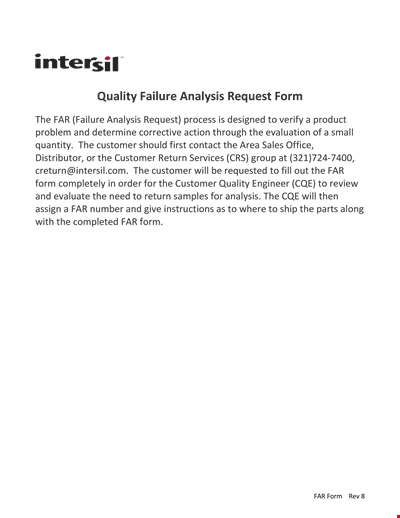
Quality Failure Analysis Request Form
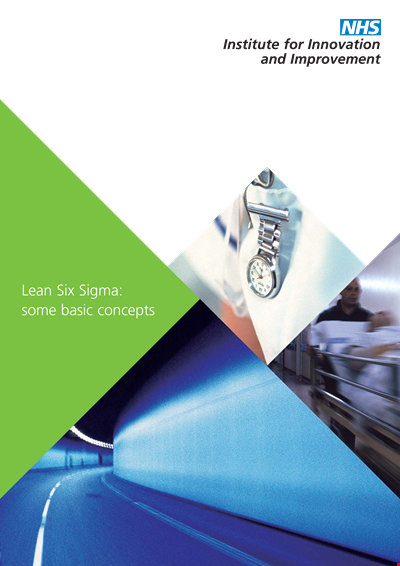
Lean Six Sigma Example - Process Improvement and Value Optimization
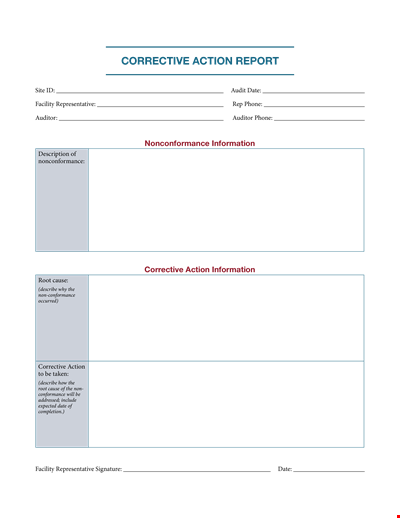
Corrective Action Sample - Improve Facility with Action for Nonconformance
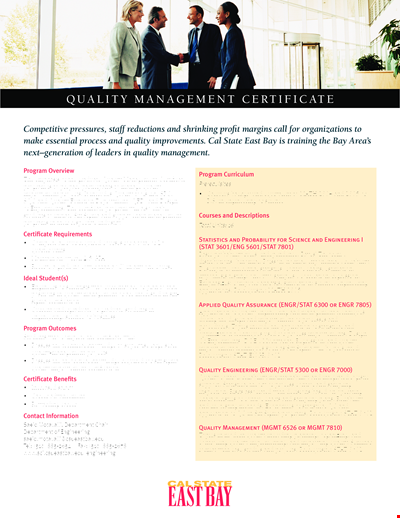
Quality Control Management Certificate Program for Engineering

Quality Control Management Plan for Contractors - Unops-Quality Control Management Plan